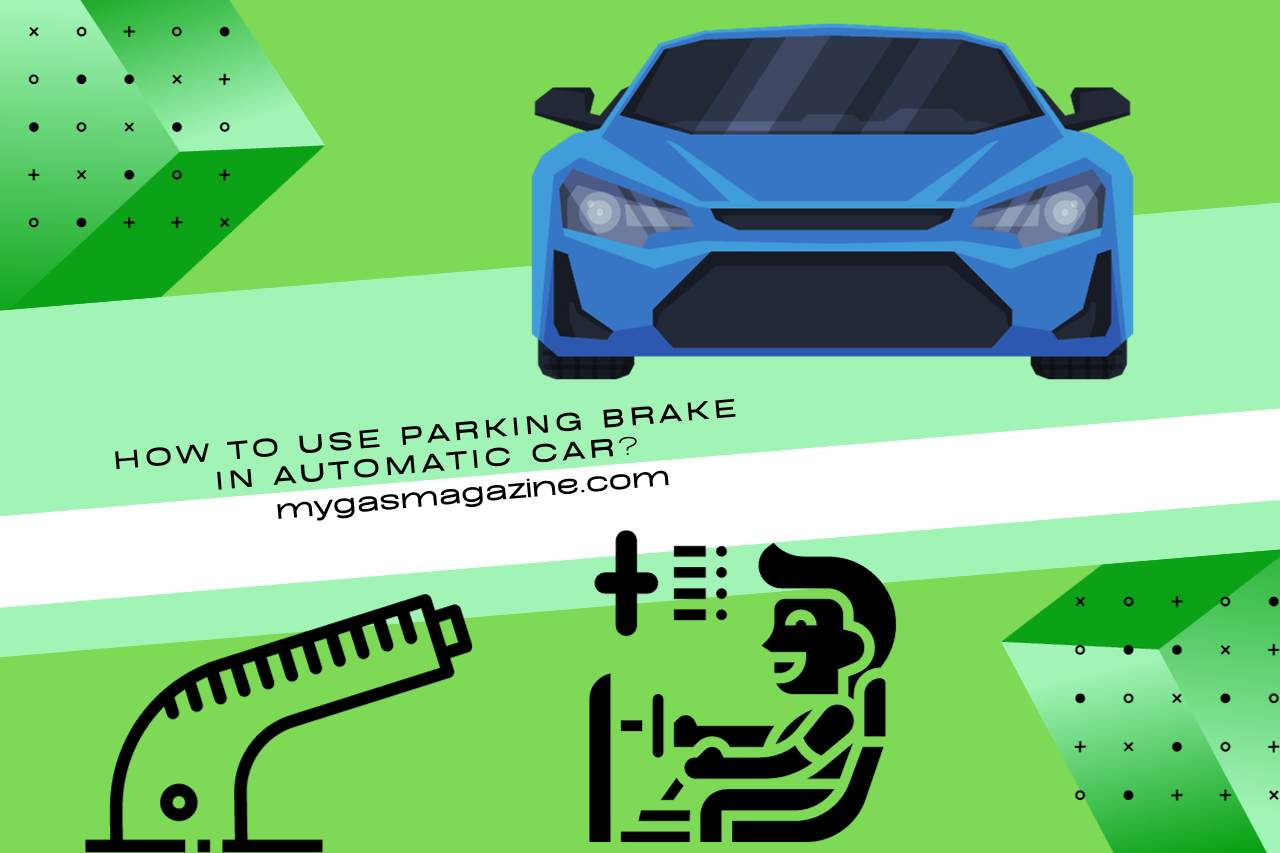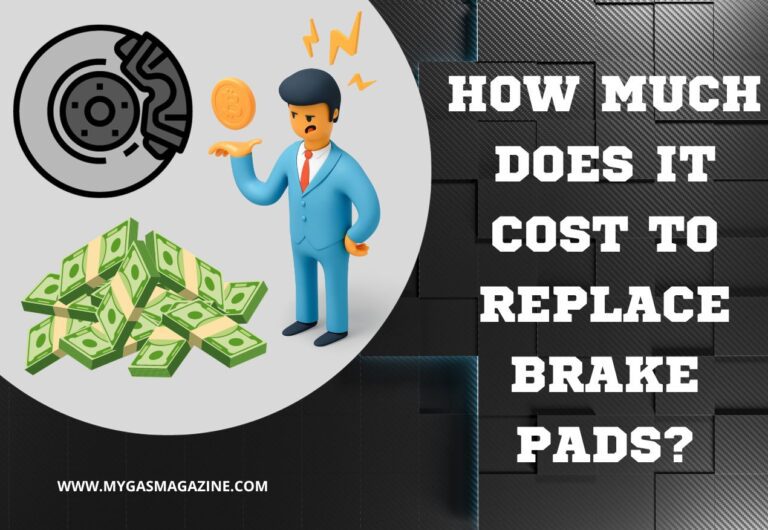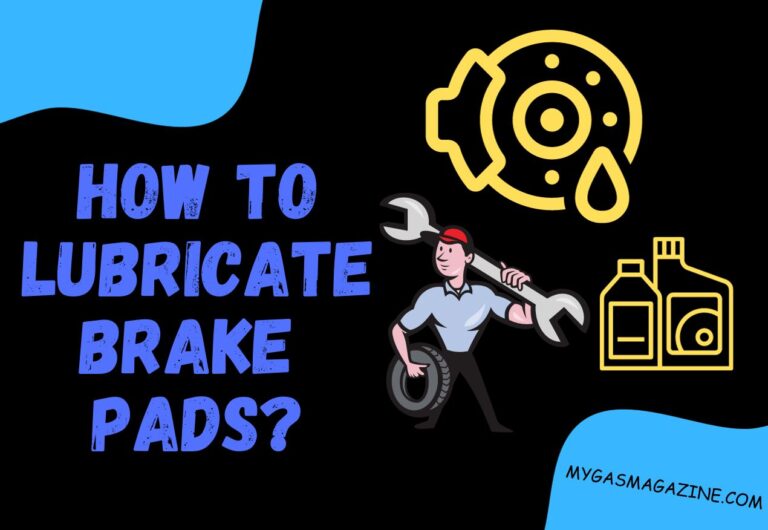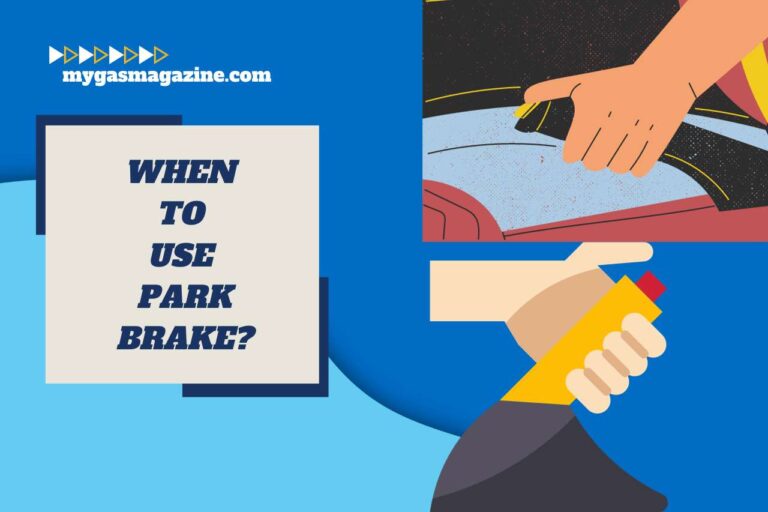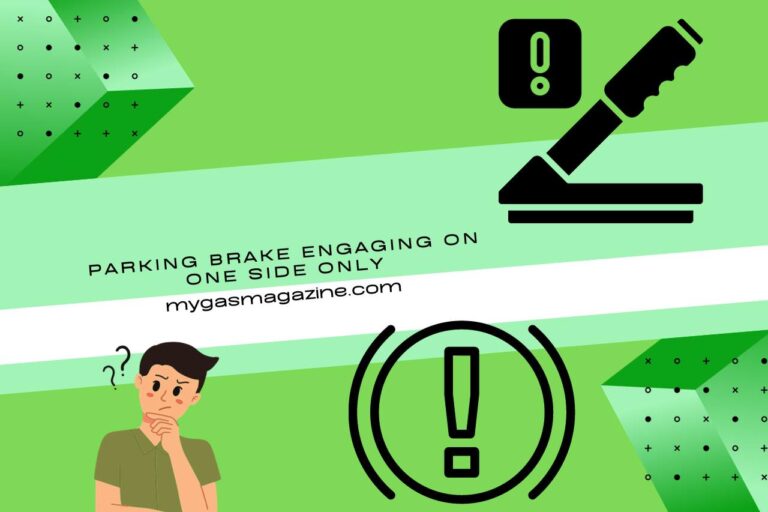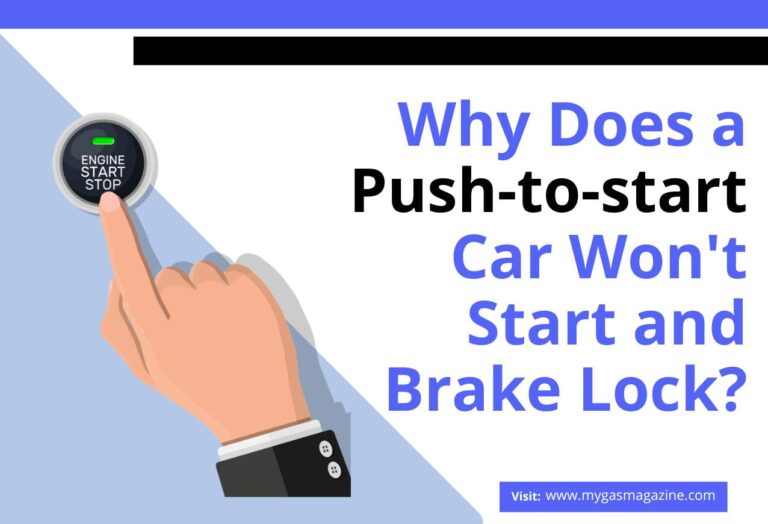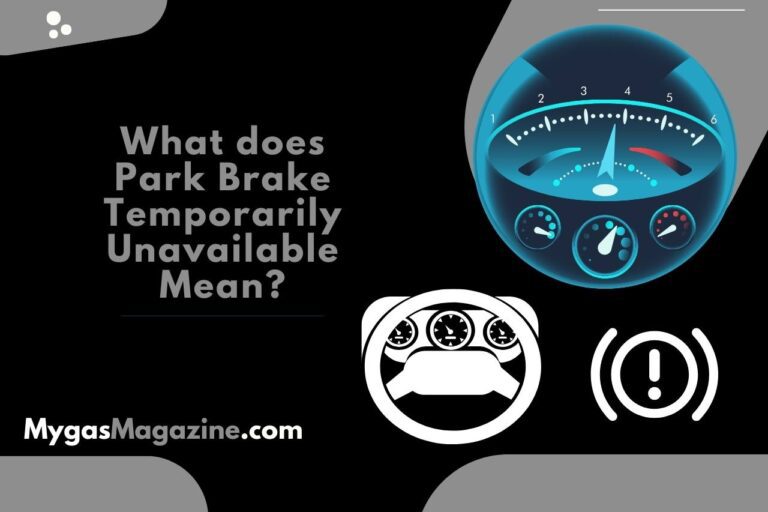How to Use Parking Brake in Automatic Car? A Beginner’s Guide
Yes, most drivers do not have a proper understanding of how to use the parking brake in automatic vehicles. In addition to the proper method of using the parking brake in automatic cars, one should really know when to use it as well. We’ll teach you everything; let’s start.
How to Use Parking Brake in Automatic Car?
Using the parking brake in an automatic car is simple yet something that you must learn with some effort especially if you are a newbie. Here’s our guide on how to use the parking brake in auto vehicles.
- Before shutting off your car’s engine, please make sure that you have completely stopped the vehicle. Place your foot on the brake pedal.
- While still pressing the brake pedal, engage the parking brake now. For most cars, you will have to pull up a lever or press a pedal or button.
- Only after the parking brake is engaged, change the transmission to ‘Park’ (P) position. You need to always keep this order in consideration. Why, you may ask. This is to ensure that the weight of the car rests on the parking brake, not on the transmission.
- Once the car is in ‘Park’ and the parking brake is engaged, you can now safely turn off the engine.
- When you want to drive again, start the engine, and keep the foot brake pressed. Then release the parking brake slowly. Finally, shift out of ‘Park’ into ‘Drive’ or ‘Reverse.
Common Mistakes to Avoid When Using Parking Brake in Automatic Cars
The following are some of the key errors you should watch out to avoid when using the emergency brake in automatic cars:
Not Using Parking Brake
Remember that relying solely on the ‘Park’ mode in automatic cars places undue stress on the transmission. Always use the parking brake, even if you have parked the vehicle on level ground.
Engaging the Parking Brake Too Late
Engage the parking brake before you shift to ‘Park’. This ensures that the car’s weight is supported by the brake system, and not the transmission.
Releasing the Parking Brake Before Engaging Drive or Reverse
When you are ready to move, start the engine and keep your foot on the brake pedal. Following this, you can now release the parking brake. Shifting into gear before you release the parking brake can strain the brake system.
Neglecting Maintenance
Regular checks and maintenance of the parking brake system are vital. Neglecting this can lead you to reduce the effectiveness of the brake leading you the failure of the brake.
Forgetting to Disengage the Parking Brake
Driving with the parking brake engaged can cause significant wear and damage. Therefore, always ensure that the parking brake is fully released before you start driving.
Ignoring Warning Signs
At all times pay close attention to the signs of the parking brake issues, like unusual resistance or looseness when you are engaging or your car moves despite the brake being engaged.
You May Also Like
- How do I Reset Parking Brake Light? Demystifying Dashboard Lights
- How to Tell If Parking Brake is Stuck? Uncover the Mystery!
- When to Use Park Brake? Mastering the Art of Parking!
- Park Lights Come On When the Brake is Pressed – Understanding the Link!
- Park Brake Limited Function Service Required – Expert Tips for Maintenance!


Meet Lakith, the driving force behind MyGasMagazine.com. A seasoned mechanic with over 7 years of hands-on experience in our family-run Gas Mag Garage, Lakith combines his technical expertise with a deep passion for cars. His journey in the automotive world began alongside his father, learning the intricacies of car repair and maintenance. Today, as the founder of MyGasMagazine.com, Lakith shares his wealth of knowledge, offering readers a unique blend of practical advice, industry insights, and engaging stories from the vibrant car culture of Sri Lanka.

